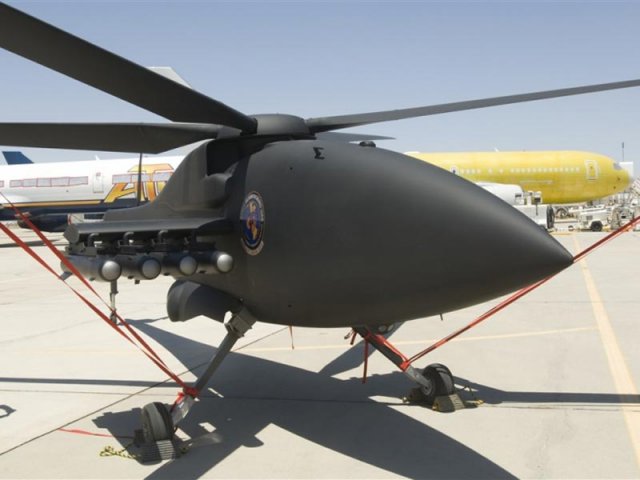USSOCOM’s evaluation of the A160 Hummingbird UAS has been stalled since one of the platforms crashed in Belize in September 2010, said Army Col. Douglas Rombough, the program executive officer for rotary wing at USSOCOM.
Since the crash “we’ve kind of been in a strategic pause,” Rombough said. “We’ve developed a lighter weight [DARPA developed] Forrester radar system which will give us even more time on station because of the amount of fuel we have to carry,” he added. The Forrester radar system is a forest penetrating device, and SOCOM lost one of them during the Belize crash. SOCOM is continuing to work on the program, but Rombough cautioned that “the aircraft continues to struggle with some technical issues, so we’re also looking at other platforms to install” the Forrester radar on, including the Army’s lighter-than-air airship, the Long Endurance Multi Intelligence Vehicle (LEMV), which is being designed by Northrop Grumman. Essentially, Rombough said, SOCOM is looking for “any platform that can sit up for a long time and hover over a spot on the ground,” in order to give operators on the ground better situational awareness.
SOCOM is also actively seeking hostile fire indicators for its aircraft, and wants to connect them to existing sensors on the aircraft “to be able to pick up both small arms and rocket fire from the ground and present that to the pilots both visually and orally by clock position and the general distance,” Rombough said.
The command is also looking hard at fielding secure, real time video capabilities. Rombaugh said that the goal is to have “video being piped from a UAS into the [helicopter] cockpit and into the back end of the aircraft so the operators in the back can get situational awareness of may be going on at the objective area they’re going to.” In the end, high definition video is where “everything is going,” he said. “There’s a big push across all of SOCOM to go HD with everything.”
Source: Defense News

